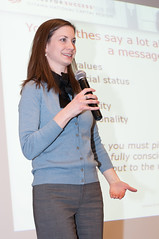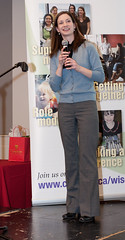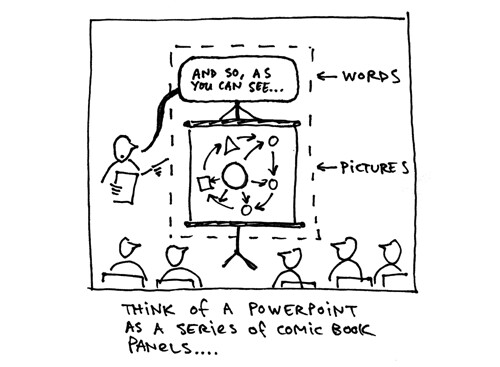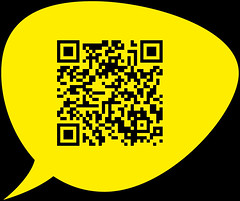From the event description:
There's more to success than just passing your courses. There are a lot of skills to be learned outside of the classroom that greatly contribute to your future. And the earlier you start learning them, the earlier you can reach your goals.This event was a huge success. We had great attendance by both Carleton students and industry and academic mentors. We saw a lot of networking happening during the breaks between talks, and the three speakers were amazing.
Carleton's WISE, IEEE WIE, and Career Services have joined forces to give you the career building essentials and help you stand out. Whether you are actively looking for a job or not, this is an event you don't want to miss. This year we have also teamed up with local organization Dress for Success.
The event is free for Carleton's women in sciences and engineering, and will include a light dinner and dessert. You will hear from experts on networking, the importance of making a great first impression, dressing for success, confidence building, and negotiation skills. You will also have the opportunity to speak to mentors from academia and industry, to meet other students in your field, and to practice your skills.
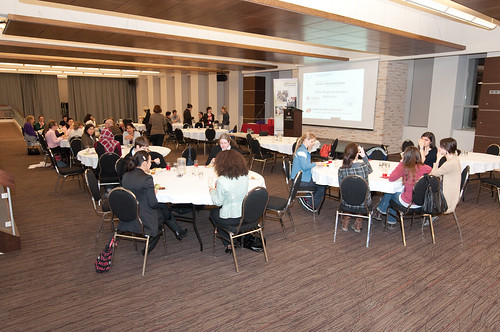
Best of all, I didn't even have to organize the event - four amazing Executives and Officers did it all! I got to play event photographer instead. ;) You can see more photos from the event on Flickr.
The Speakers
Moyra McDill, a professor in engineering at Carleton, spoke about her experiences being the first woman to graduate with a degree from Mechanical Engineering at Carleton. She told us about the "life rocks" philosophy. She started with an empty measuring cup and added large rocks representing the most important things in her life, like family. She then added smaller rocks into the spaces, sand in the remaining spaces, and water after all of that. The point was that it's amazing how much you can fit into your life; just start with the big rocks, because you can't put those in after the sand/water/small stuff is already in there.
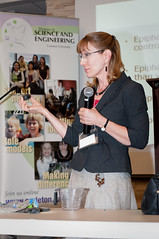
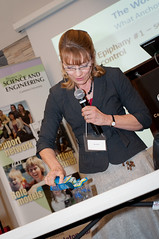
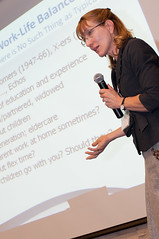
Next up was Andrew Moizer with an enthusiastic message about self-confidence and some tips on negotiation. He encouraged everyone to step out of their comfort zone often. I personally enjoyed his story very much, as he went from a big-wig in high tech to an entrepreneur with his own cattle farm. Talk about outside the comfort zone! What's really cool is his farm and cafe are in a small town my family and I visit frequently (it's on the other side of us from Ottawa). I'm looking forward to visiting his and his wife's cafe soon.
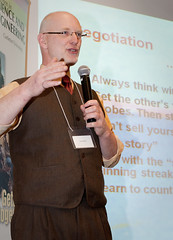


Finally, by chance, a friend of mine was our last speaker. Louise Grace came on behalf of Dress for Success Ottawa, whose mission is "to promote the economic independence of disadvantaged women by providing professional attire, a network of support and the career development tools to help women thrive in work and in life." She told us about what Dress for Success does and then gave us tips on making the best first impression possible. Her fashion advice was practical and reasonable, which I always appreciate, being someone who isn't all that into clothes. I will always remember to check my shoes for salt stains before an important meeting or interview now thanks to Louise. ;)
